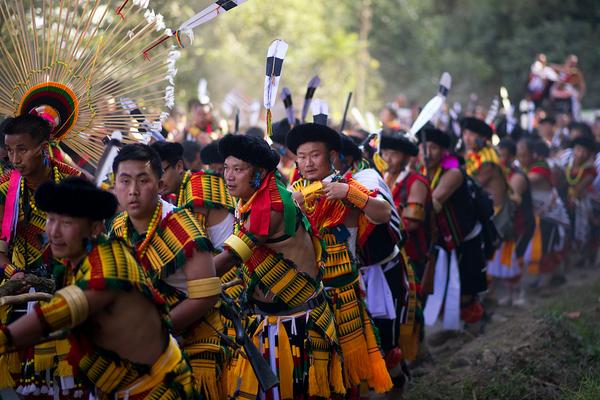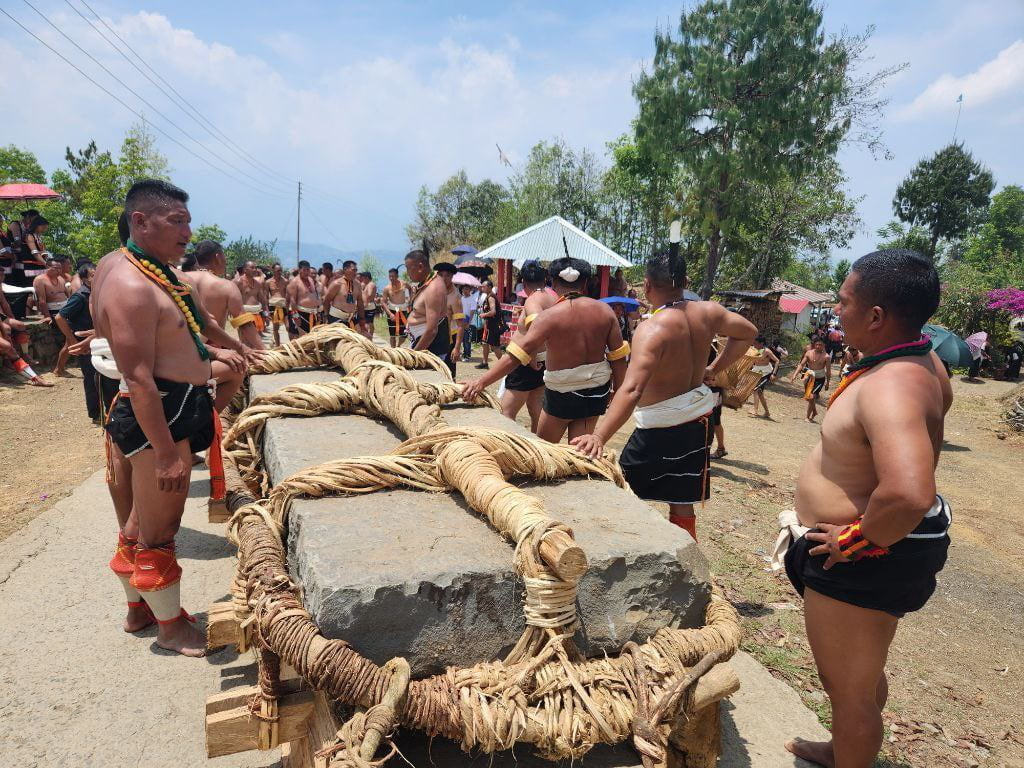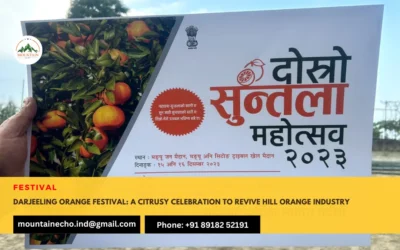Festivals of India: Stone Pulling in Nagaland
Stone Pulling ceremonies are among the unique cultural traditions of Nagaland and an important reminder of the Naga’s deep-rooted connection to the land and the natural world. It is an integral part of the culture and history of the Angami tribe of Nagaland.

During the stone pulling event, group of people, mostly men take turns to pull a massive slab of stone, weighing several tons, across a set distance, usually to be erected as monoliths to commemorate any jubilant occasions. The stone is believed to represent the spirit of the tribe and is considered a symbol of strength and unity.

To trace back the origins of the festival will take us back to the early traditions among different Naga tribes, of erecting monoliths (large single stones or groups of stones), also known as megaliths to honor their ancestors or to mark important events.
The process of erecting a megalith involves a complex set of rituals and ceremonies. The stone is carefully selected and brought to the site with great ceremony, often accompanied by singing and dancing. The stone is then erected in its final position, typically with the help of a large group of people, and the process is again accompanied by traditional rituals and ceremonies. The tradition of erecting megaliths is an important part of the cultural identity of the Naga tribes and has been passed down through generations for centuries.

The stone-pulling competition is not just about physical strength but also involves teamwork, strategy, and coordination. The teams have to work together to navigate the stone across rough terrain, including hills and streams. The stone-pulling ceremony also include traditional dances, music, and feasting. It is a time for the community to come together to celebrate their culture and heritage and to reinforce the bonds of kinship and friendship.



